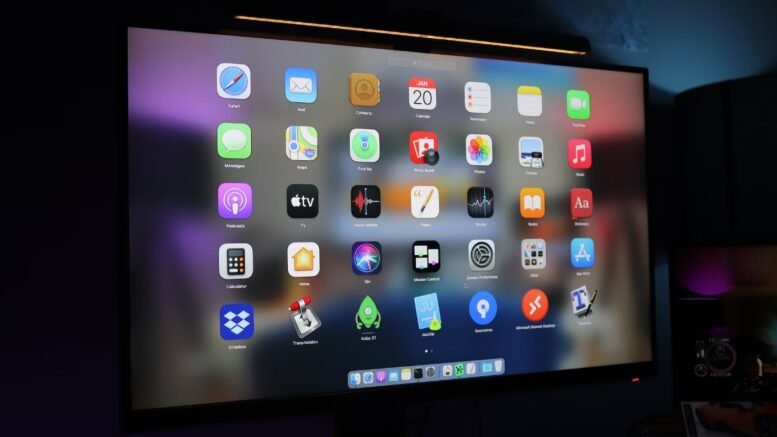Shift filing software has become an indispensable tool in the medical industry, helping healthcare providers manage their schedules and streamline their operations. With the increasing demand for healthcare services and the need for more efficient workforce management, shift filing software has become an essential tool for hospitals, clinics, and other medical facilities.
So What Is a Shift Filing Software?
A shift filling software, also known as shift scheduling software, is a type of software used to manage and automate the process of scheduling shifts for employees in the medical industry, including doctors, nurses, and other healthcare professionals.
Although primarily used for efficient scheduling and shifting, this software has more capabilities that hold huge value for those working in the field. In this article, we will explore the various ways in which shift filing software helps the medical industry.
Efficient Workforce Management
One of the primary benefits of shift filing software is its ability to efficiently manage the workforce. By automating the process of shift scheduling and filing, healthcare providers can allocate resources effectively and minimize scheduling conflicts. The software can also help healthcare facilities track employee availability, work hours, and other important details. This can reduce the burden on HR staff and improve overall workforce efficiency.
Improved Patient Care
Effective shift filing software can have a direct impact on patient care. By ensuring that there are enough healthcare professionals available at any given time, the software can help reduce wait times, improve patient satisfaction, and increase the quality of care. Additionally, by enabling better communication and collaboration between medical staff, shift filing software can help improve patient outcomes and reduce medical errors.
Real-Time Visibility
Shift filing software provides real-time visibility into the availability of healthcare professionals, enabling healthcare facilities to make informed decisions when scheduling staff. With real-time data, healthcare providers can quickly respond to changes in demand and adjust staffing levels accordingly.
Increased Compliance
In the medical industry, compliance with regulatory requirements is critical. Shift filing software can help ensure compliance by providing automated notifications and reminders for important tasks such as training and certification renewals. This can reduce the risk of regulatory violations and penalties, which can have significant financial and reputational consequences for healthcare facilities.

Cost Savings
Shift filing software can also help healthcare providers save money. By automating time-consuming administrative tasks, healthcare facilities can reduce staffing costs and improve productivity. The software can also help providers optimize staffing levels, reduce overtime, and minimize the need for temporary staffing, which can be expensive.
Reduced Paperwork
Traditional scheduling methods often require significant paperwork and manual effort. With shift filing software, healthcare providers can reduce paperwork and automate scheduling processes, freeing up staff to focus on more important tasks.
Mobile Accessibility
Many shift filing software solutions are mobile-friendly, enabling healthcare professionals to access their schedules and communicate with colleagues on-the-go. This can help improve efficiency and flexibility, as healthcare providers can access information and communicate with colleagues from anywhere.
Analytics and Reporting
Shift filing software can provide valuable analytics and reporting capabilities, enabling healthcare providers to track key performance indicators (KPIs) and identify areas for improvement. With analytics and reporting, healthcare providers can make data-driven decisions and continuously improve their operations.
Improved Employee Satisfaction
Finally, shift filing software can help improve employee satisfaction. By providing healthcare professionals with more control over their schedules and enabling them to easily swap shifts with colleagues, the software can help reduce burnout and improve work-life balance. This, in turn, can lead to better retention rates and a more engaged and productive workforce.
Conclusion
Overall, shift filing software plays a critical role in helping healthcare providers manage their workforce more efficiently, improve patient care, reduce costs, ensure compliance, and boost employee satisfaction. As the demand for healthcare services continues to grow, the use of shift filing software is likely to become increasingly important for medical facilities looking to optimize their operations and deliver high-quality care.
